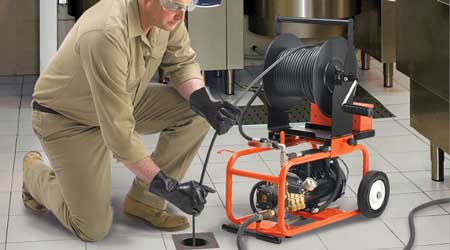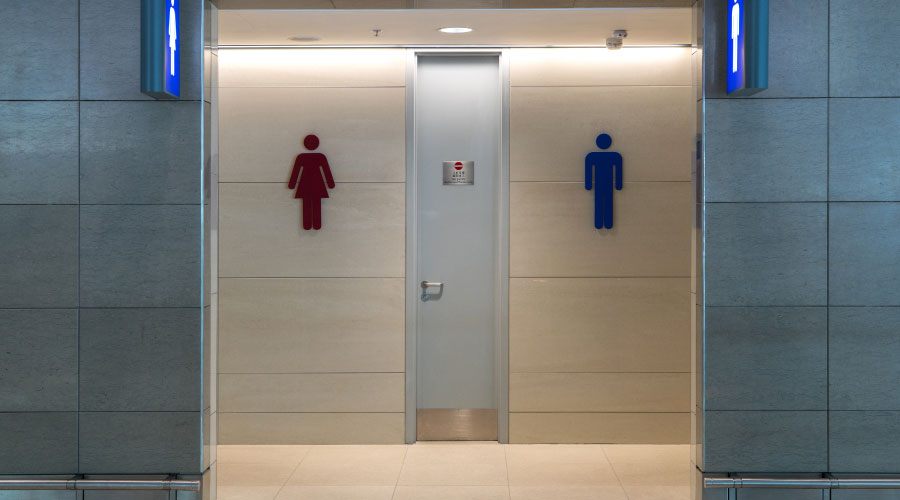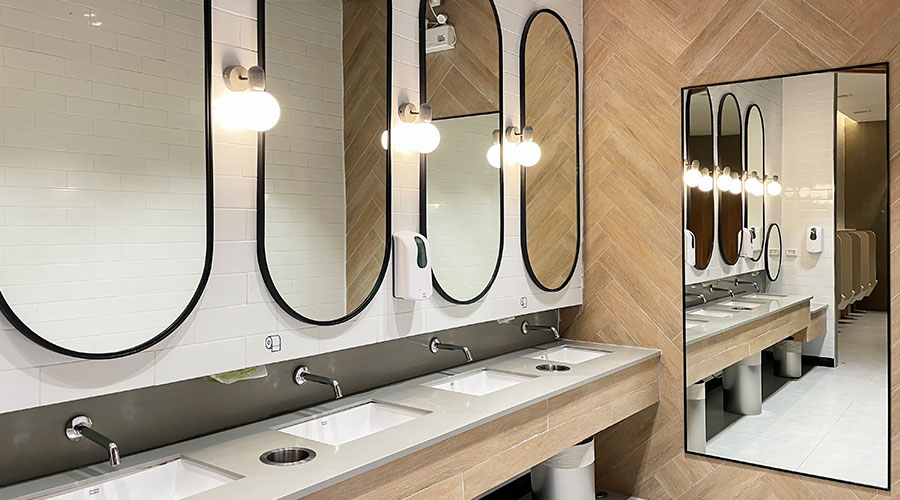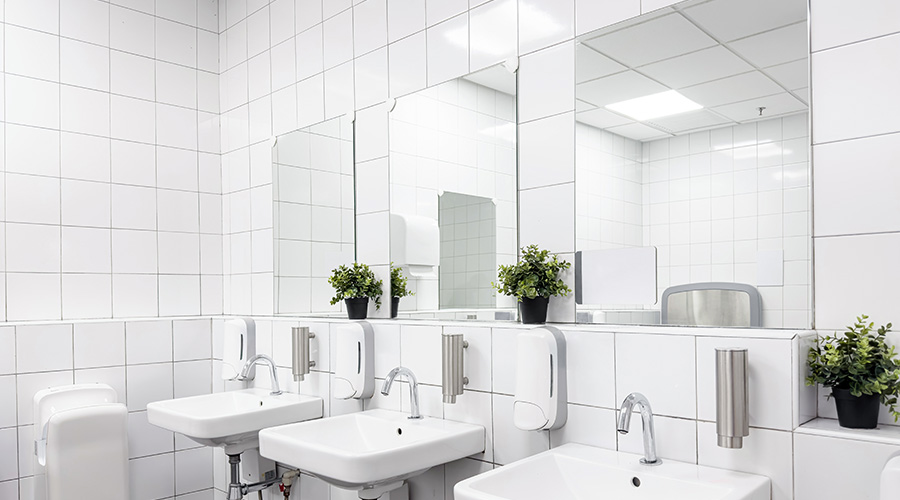 Given the changes in products and facilities, the task of selecting the most appropriate drain cleaning equipment for any particular facility might seem overwhelming.
Given the changes in products and facilities, the task of selecting the most appropriate drain cleaning equipment for any particular facility might seem overwhelming.Drain Cleaning: Keeping Pipes Free and Clear
Manufacturers offer updates and guidance to help managers make savvy choices of drain cleaning equipment
Maintenance and engineering technicians have to prepare for almost anything when it comes to keeping plumbing and piping systems open and flowing in institutional and commercial facilities. From tree roots in exterior piping to grease and other challenging materials that find their way into interior piping, drains, toilets and sinks, managers must be sure front-line technicians have the right tool at the right time to keep systems operational.
By understanding a facility’s drain cleaning needs, as well as advances in the latest generation of drain-cleaning equipment, managers can select equipment that enables technicians to meet a facility’s specific challenges.
Changing with the times
For managers revisiting today’s drain cleaning equipment after some time away, the changes to available products address some long-standing challenges. One such development involves equipment portability.
“Cordless technology continues to push into categories people didn’t think cordless would be capable of, such as drain cleaning,” says Kathleen Keegan with Milwaukee Tool. “The entrance of battery-powered drain cleaning machines to this market has completely disrupted the user experience.”
New-generation cleaners also feature advances related to viewing and sharing information.
“The drain/pipe inspection cameras seem to be advancing most rapidly,” says Mark Speranza with Electric Eel. “New technology now allows units to be equipped with wifi for recording capabilities. Users can now connect to the units wifi and view what the camera is seeing via their smartphone. Cameras are available for inspecting smaller interior lines, as well as larger mainlines.”
Managers also need to be aware of the emergence of new technologies that can affect their final product decision.
“The hottest technology we have seen is high-speed drain cleaning, or flexible-shaft technology,” says Brendon Goede with Ridgid. “Many plumbers have adopted this technology because it tends to be lighter weight than other drain cleaning methods. As customers see the benefit of high-speed drain cleaning, especially when the need for wall-to-wall cleaning or soft blockages arises, manufacturers have responded.”
The advances introduced by manufacturers of drain cleaning equipment has mirrored advances in power tools in general.
Keegan points to advanced batteries, motors and electronics now appearing on more equipment, adding, “these manufacturers are also addressing the machine design frustrations users have faced on every call for years – ultimately, opening the doors to a safer, more productive jobsite.”
The overall result of these advances addresses what might be the highest priority for any manager or technician, says Marty Silverman with General Pipe Cleaners: reliability.
“Machine reliability is critical, maybe more important than price,” Silverman says. “If a machine doesn’t work when needed, it’s no good at any price.”
Managers making decisions on drain cleaning products also must take into account the changes taking place in facilities themselves — in particular, plumbing and piping systems and products.
“Newer low-flow toilets clog less often than the early models,” Silverman says. “But kids will be kids, and they still can clog a toilet. Grease clogs are becoming more common in kitchen drains as people think they can put anything down the drain.”
Codes, along with building designers, also have affected the systems technicians must deal with — sometimes for the better.
“In most facilities, we see that many codes have incorporated a clean out system or dedicated access points for drain cleaning,” Goede says. “Codes continue to update, but much of the infrastructure still contains facilities where the only way to clean a drain is through a sink, toilet, etc. You may notice that in new facilities or recently renovated facilities, designers have taken time to incorporate a way to clean drains without the need to pull a toilet or cut into the wall. Designers and facility managers alike have come to realize that routine maintenance should be that — routine — and not cause significant changes to implement.”
Related Topics:














